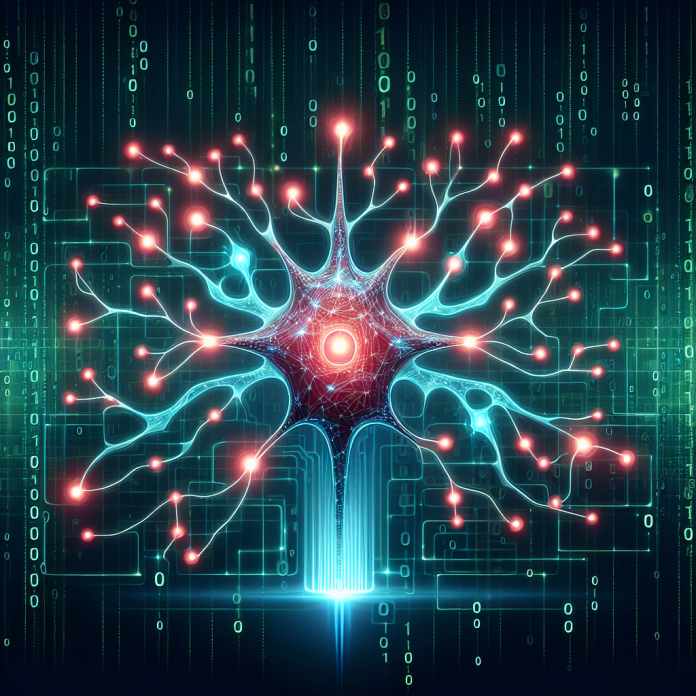**Introduction:**
Have you ever wondered how Google predicts what you’re going to type before you finish typing it? Or how Facebook knows who to suggest as a friend? The answer lies in Artificial Neural Networks (ANNs), a concept that might sound complex but is actually quite fascinating and, in a way, simple.
**What are ANNs?**
ANNS are a type of machine learning algorithm inspired by the human brain. Just like our brains are made up of interconnected neurons, ANNs consist of artificial neurons that are interconnected to process information. These neurons are organized in layers, with each layer connecting to the next, ultimately producing an output based on the input data.
**How do ANNs work?**
Imagine you’re trying to teach a computer to recognize animals. You would input images of various animals into the ANN. The input layer of neurons takes this visual data and passes it through the network. Each neuron in the hidden layers performs a mathematical operation on the data it receives, adjusting the weights of the connections between neurons based on the result. This process is repeated through multiple layers until the output layer produces a prediction – in this case, identifying the animal in the image.
**Training ANNs:**
To train an ANN, you need a large dataset of labeled examples. These labeled examples consist of input data paired with the correct output. By feeding these examples into the ANN, the algorithm learns to make predictions by adjusting the weights of the connections between neurons. Think of it as teaching a child to differentiate between a dog and a cat – the more examples you show them, the better they get at identifying the animals.
**Real-life applications:**
ANNs are used in various industries to solve complex problems. For example, in healthcare, ANNs can be trained to detect diseases in medical images like X-rays and MRIs. In finance, they can predict stock prices and analyze market trends. Even in entertainment, ANNs are used to recommend movies and music based on your preferences.
**Challenges and limitations:**
While ANNs have proven to be powerful tools, they are not without their challenges. One of the biggest limitations is the need for large amounts of data to train the network effectively. Additionally, ANNs can be prone to overfitting, where the model performs well on the training data but struggles with new, unseen data. This is why it’s crucial to regularly test and validate the model’s performance.
**The future of ANNs:**
As technology continues to advance, so does the potential for ANNs. Researchers are constantly exploring new architectures and techniques to improve the performance of these networks. One exciting development is the use of deep learning, which involves training ANNs with multiple layers of neurons. This allows for more complex data processing and higher accuracy in predictions.
**Conclusion:**
Artificial Neural Networks may seem like a complex concept at first, but at their core, they operate on a simple principle – mimicking the human brain to process and analyze information. By understanding how ANNs work and their real-world applications, we can appreciate the incredible potential they hold for revolutionizing industries and solving some of the most challenging problems. So the next time you see a recommendation on Netflix or a personalized ad on Instagram, remember that it’s all thanks to the power of Artificial Neural Networks.

